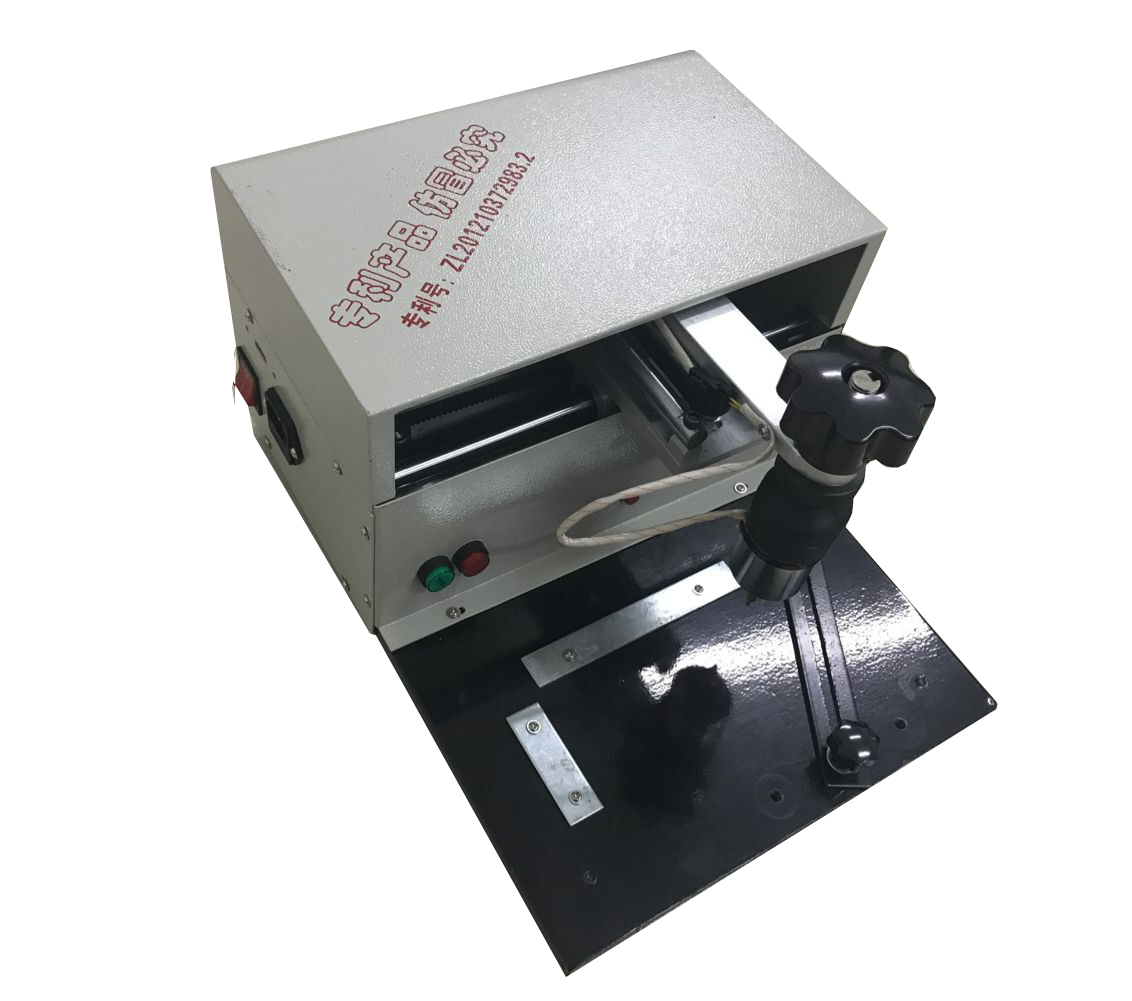For the first time, the nano-antenna achieves communication in the visible wavelength band
It is expected to make wireless communication more efficient and consume less power On August 29, Beijing time, scientists at the University of Boston in the United States first developed a nano-optical optical communication system that can operate in the visible light band. The shorter wavelength of visible light will greatly reduce the size of a computer chip. The core technology of the new system is a nano-antenna that allows photons to move in groups and to fine-tune the interconversion of photons to surface plasmons. Related papers published in "Nature - Science Report" on. According to the IEEE "Spectroscopy" magazine website, it was a challenge to collect and transmit electromagnetic waves along a single channel at the same time, mostly in the near-infrared wavelength range, and new nanowires overcome this obstacle, allowing photons to travel along a single channel Moving in groups makes it possible to send information bi-directionally through a single line of photons. Michael Lawton, a professor at Boston University who led the research, said that in the new system, nanophase plasmonic antennas can communicate with each other through photons, reducing the energy consumption of information transmission between the two antennas by 50%, greatly improving the wireless communication efficiency. Building energy efficiency is a big advantage. The new nanowire antenna delivers data at 60% faster than plasma waveguide technology and nearly 50% faster than plasma nano-waveguides, thanks to its key design - the air gap (air gap). By removing a few glass substrates in the material, the researchers created a small air gap between the lightwave and the metal surface, which reduces the material's damaging pulling of the moving photons. They can also tune the antenna's performance by widening or narrowing the air gap. Researchers have demonstrated that the new nanosystems completely outperform silicon-based optical waveguide technology in performance. Light scattering within silicon-based optical waveguides reduces the speed of data transmission, and not only photons within the nanowire maintain the speed of light but also the surface plasmons at nearly 90% to 95% of the speed of light. "Our new system will be a powerful tool for making faster silicon-based optoelectronics and more efficient communications devices," said Joan Merlot, a postdoctoral fellow in the study. Chief editor punctuality Previously, nano-antennas were silicon-based, this is a breakthrough. Regardless of which material is ultimately proven to be more suitable, we get a more compact and efficient communication circuit. A hot mobile phone hit will become history. When the bottleneck of the antenna breaks through, the non-heat-emitting optical chip will also come to the fore with the maturity of the nano-optical device. Dot peen marking works by electromechanically striking a carbide or diamond stylus assembly against the surface of a part to be marked.For example,dog tag engraver.The result is a succession of dots to create digits, text, logos, and 2D data matrix codes. Each such dot is the result of a pulsed current that runs through a solenoid, punches a magnet toward the surface, and subsequently returns the stylus to its starting position, awaiting the next pulse. Because each pulse occurs in only a fraction of a second, an entire 2D data matrix code, for example, can be completed in seconds (depending on the size).
Compressed air is not required.
Dot Peen Marking Machine,Pnematic Dot Peen Marking Machine,Pneumatic Marking Machine,Dot Markers,Dot Peen Marker,Dog Tag Engraver Wuhan HAE Technology Co., Ltd. , https://www.lnsuccess.com
Notable Characteristics:
Cost effective
Requires no consumables
High speed accuracy
Will mark any material (including hardened steel)

